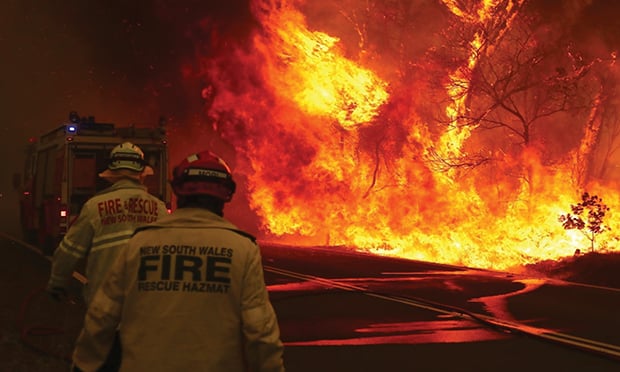 Wildfires contributed to a 46% increase in fire severity for U.S. carriers in 2018 and making it critical for them to factor an extended fire season into their predictive models. (Photo: Shutterstock)
Wildfires contributed to a 46% increase in fire severity for U.S. carriers in 2018 and making it critical for them to factor an extended fire season into their predictive models. (Photo: Shutterstock)
U.S. insurance carriers are challenged to reduce their exposure to loss as wildfires consume ever-larger areas of the country. While carriers have gotten better at analyzing claims, a possible new recurring pattern of headline-making wildfires, like the most recent one in Australia, could keep many carriers in a stalemate in their ability to assess, price and underwrite risks effectively.
Recommended For You
Want to continue reading?
Become a Free PropertyCasualty360 Digital Reader
Your access to unlimited PropertyCasualty360 content isn’t changing.
Once you are an ALM digital member, you’ll receive:
- Breaking insurance news and analysis, on-site and via our newsletters and custom alerts
- Weekly Insurance Speak podcast featuring exclusive interviews with industry leaders
- Educational webcasts, white papers, and ebooks from industry thought leaders
- Critical converage of the employee benefits and financial advisory markets on our other ALM sites, BenefitsPRO and ThinkAdvisor
Already have an account? Sign In Now
© 2025 ALM Global, LLC, All Rights Reserved. Request academic re-use from www.copyright.com. All other uses, submit a request to [email protected]. For more information visit Asset & Logo Licensing.








